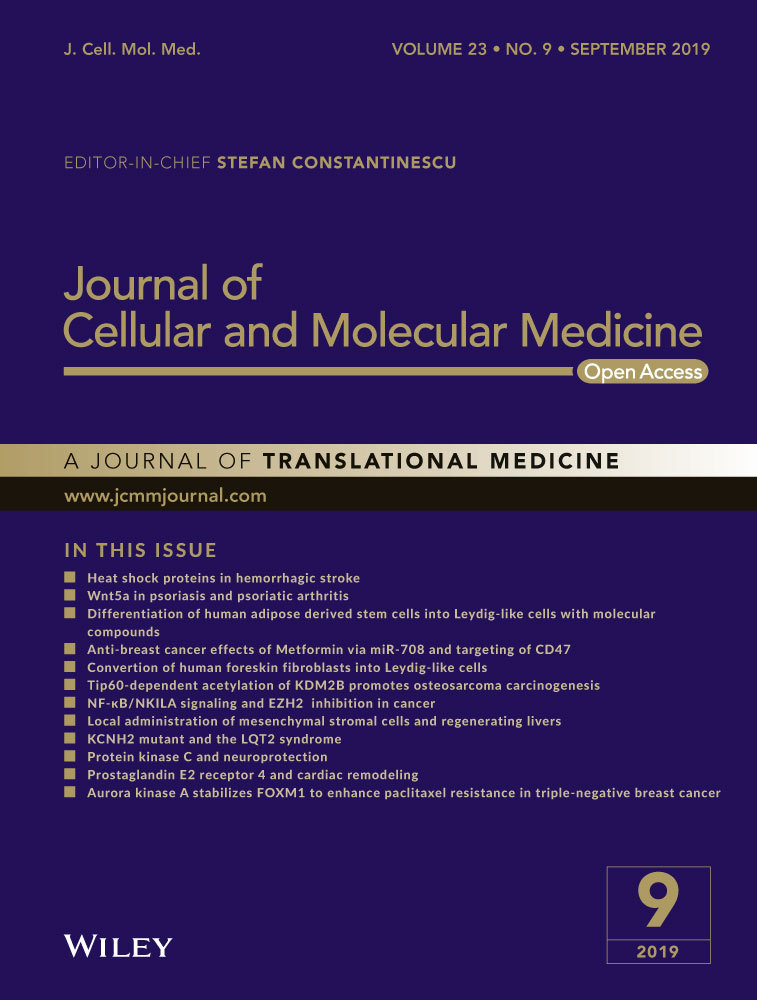
“Background: Cannabis consumption for recreational and medical use is increasing worldwide. However, the long-term effects on kidney health and disease are largely unknown.
Materials and Methods: Post hoc analysis of cannabis use as a risk factor for kidney disease was performed using data from the Assessment, Serial Evaluation, and Subsequent Sequelae of Acute Kidney Injury (ASSESS-AKI) study that enrolled hospitalized adults with and without acute kidney injury from four U.S. centers during 2009-2015. Associations between self-reported cannabis consumption and the categorical and continuous outcomes were determined using multivariable Cox regression and linear mixed models, respectively.
Results: Over a mean follow-up of 4.5±1.8 years, 94 participants without chronic kidney disease (CKD) (estimated glomerular filtration rate [eGFR] >60 mL/min/1.73 m2) who consumed cannabis had similar rates of annual eGFR decline versus 889 nonconsumers (mean difference=-0.02 mL/min/1.73 m2/year, p=0.9) and incident CKD (≥25% reduction in eGFR compared with the 3-month post-hospitalization measured eGFR and achieving CKD stage 3 or higher) (adjusted hazard ratio [aHR]=1.2; 95% confidence interval [CI]=0.7-2.0). Nineteen participants with CKD (eGFR <60 mL/min/1.73 m2) who consumed cannabis had more rapid eGFR decline versus 597 nonconsumers (mean difference=-1.3 mL/min/1.73 m2/year; p=0.02) that was not independently associated with an increased risk of CKD progression (≥50% reduction in eGFR compared with the 3-month post-hospitalization eGFR, reaching CKD stage 5, or receiving kidney replacement therapy) (aHR=1.6; 95% CI=0.7-3.5). Cannabis consumption was not associated with the rate of change in urine albumin to creatinine ratio (UACR) over time among those with (p=0.7) or without CKD (p=0.4).
Conclusions: Cannabis consumption did not adversely affect the kidney function of participants without CKD but was associated with a faster annual eGFR decline among participants with CKD. Cannabis consumption was not associated with changes in UACR over time, incident CKD, or progressive CKD regardless of baseline kidney function. Additional research is needed to investigate the kidney endocannabinoid system and the impact of cannabis use on kidney disease outcomes.”


 “Renal ischemia-reperfusion injury (IRI) is a major cause of acute kidney injury (AKI) and even induces remote organ damage.
“Renal ischemia-reperfusion injury (IRI) is a major cause of acute kidney injury (AKI) and even induces remote organ damage. “Cannabis (marijuana, weed, pot, ganja, Mary Jane) is the most commonly used federally illicit drug in the United States.
“Cannabis (marijuana, weed, pot, ganja, Mary Jane) is the most commonly used federally illicit drug in the United States.
 “Hepatorenal syndrome (HRS) is a life-threatening complication of end-stage liver disease characterized by the rapid decline of kidney function. Herein, we explored the therapeutic potential of targeting the
“Hepatorenal syndrome (HRS) is a life-threatening complication of end-stage liver disease characterized by the rapid decline of kidney function. Herein, we explored the therapeutic potential of targeting the 
 “Uremia leads to a number of metabolic and hormonal disorders including defective carbohydrate metabolism.
“Uremia leads to a number of metabolic and hormonal disorders including defective carbohydrate metabolism. “Chronic allograft dysfunction (CAD), defined as the replacement of functional renal tissue by extracellular matrix proteins, remains the first cause of graft loss.
“Chronic allograft dysfunction (CAD), defined as the replacement of functional renal tissue by extracellular matrix proteins, remains the first cause of graft loss.